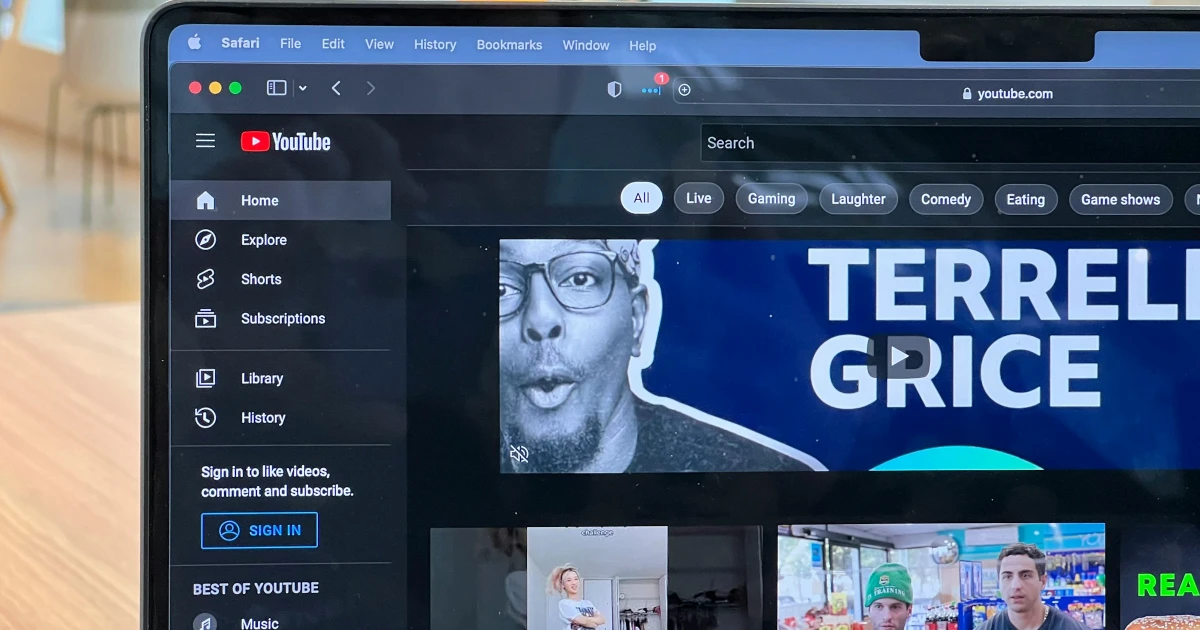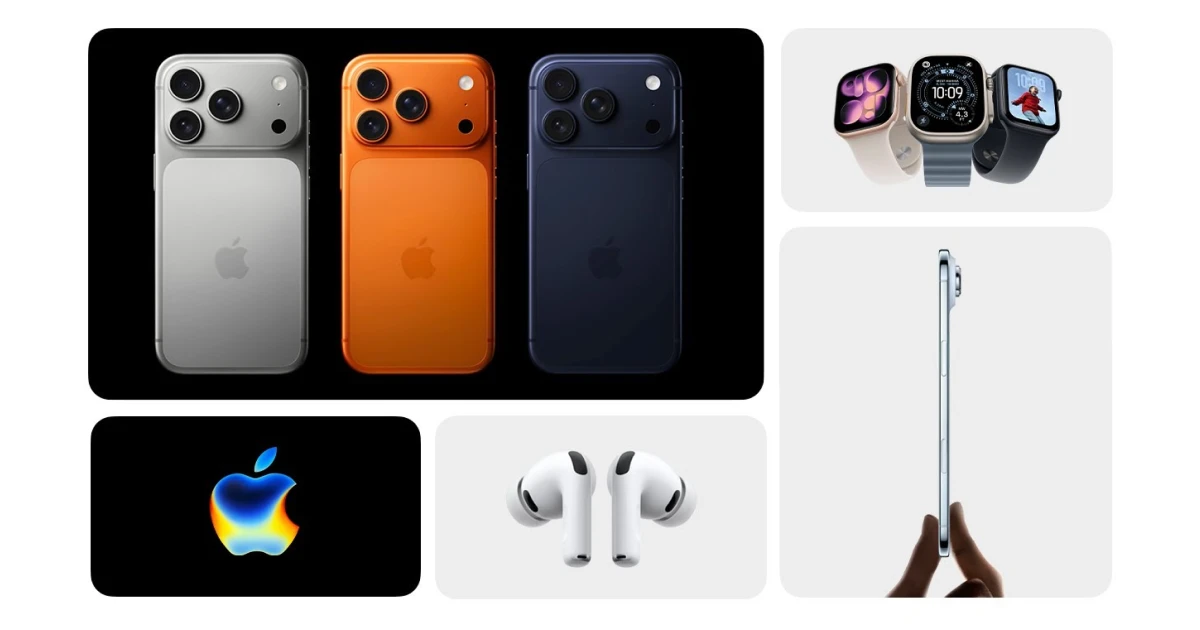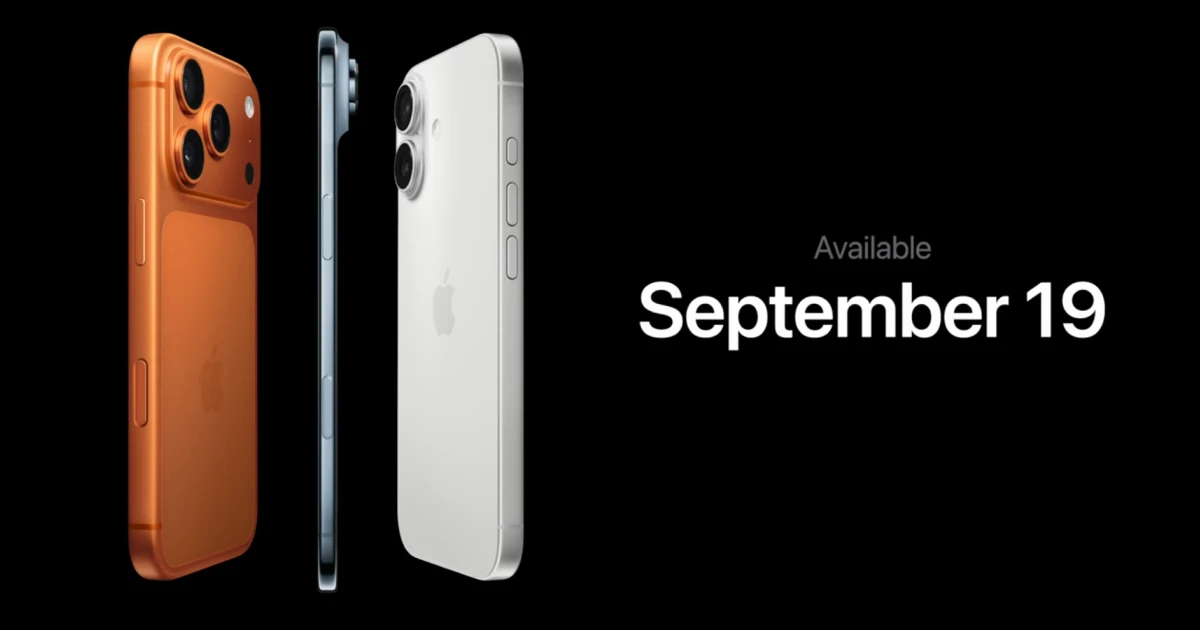Figma was founded in 2012 by Dylan Field and Evan Wallace, but it was launched only in 2016. It is a web-based app that allows us to do graphic design work, from creating mobile app design interfaces to prototyping and wireframing websites. What makes Figma different (and better) from other design editing tools is its focus on collaboration and the fact that it was initially browser-based. This was the reason so many creative teams decided to make this switch.
“Software should be online, real-time, and collaborative.” – stated Dylan Field at the beginning of their road.
Dylan Field created a community – a Figma community. This is the place where all UI/UX designers share UI elements, remix designs, and even learn from one another. His vision to transform the UI/UX design world into a close community was exactly what we all needed.
From drones to memes to finding a product market fit – a rocky path.
Dylan Field and Evan Wallace bonded over coding sessions, which led them to apply for the Thiel Fellowship, a $100,000 grant for young entrepreneurs.
Believe it or not, his original idea wasn’t actually Figma – it focused on drones. But well, Evan convinced Dylan not to. And that’s mostly because they just “couldn’t come up with a drone idea that didn’t hurt people or violate their privacy”.
What changed their trajectory was a conversation with Evan and Dylan’s TA, who showed him a demo of WebGL. He figured that we could have real-time collaboration and graphics – all within the browser – something that no Adobe platform was able to do. That’s when they realized that they could develop an entire creative suite with this technology.
So, they started by developing the idea of “Photoshop in the browser,” which received enough traction to be funded as well.
But they had tons of ideas but no direction. Photo editing, Poisson Blending on the CPU, aaaand wait for it… a meme generator! That’s what Dylan considers “the lowest point” of Figma and even questioned whether it was worth dropping out of Brown. Figma’s story is a lesson for every business owner struggling to come up with a successful idea.
Developing a “Photoshop in Browser”
One of the first touch-points with what Figma would later become, was the fact that they played around with the idea of being able to do everything – all from the browser. No need to download or install anything. But the reality is that they were still unsure of the direction they wanted to go. Okay, Photoshop in the browser – but Photoshop was focusing on photo editing, 3D design, painting, etc. What was Figma’s mission?
The turning point was a conversation with John Lilly, a venture partner at Greylock Partners, who told them: “I don't think you know what you're doing yet.”. But this was the wake-up call for everyone, especially Dylan.
That’s when Dylan and his team sat down to decide Figma’s direction. So, they ended up removing multiple ideas and features: animation, painting, 3D design, and even photo editing.
Figma – From Product Market Fit to Unstoppable Success
Once everyone got on the same page, Figma’s focus was decided: User Interface Design. Now, they finally shared a common vision – getting their product right for their users.
From that moment on, Dylan realized that the in-browser method wasn’t only about better collaboration with your team and other UI/UX designers. But it’s about creating a transition from physical to digital spaces, which was heavily positively impacted by the global pandemic, COVID-19.
Figma’s Big Announcements:
- Figma started by offering invite-only previews in December 2015 before officially launching to the public in September 2016.
- In October 2019, they launched Figma Community, where UI/UX designers could publish UI elements, remix designs, and even learn from one another.
- In April 2021, they launched FigJam – a digital whiteboard that allows us to collaborate through notes, emojis, and even drawing tools.
- In June 2022, Figma partnered with Google for the project Google for Education to create courses for UI/UX designers.
- In May 2021, Figma was valued at $10 billion.
The $20 Billion Offer from Adobe
With Figma’s unstoppable success, Adobe became aware of the competition that came along. So, in September 2022, Adobe offered $20 billion to acquire Figma—an offer initially accepted by Figma. However, the deal fell apart after Adobe and Figma decided to call off the merger because of regulatory pressure from the UK and Europe.
“Adobe and Figma strongly disagree with the recent regulatory findings, but we believe it is in our respective best interests to move forward independently,” stated Shantanu Narayen, Adobe’s CEO in a statement.
“It’s not the outcome we had hoped for,” stated Figma CEO Dylan Field. “But despite thousands of hours spent with regulators around the world detailing differences between our businesses, our products, and the markets we serve, we no longer see a path toward regulatory approval of the deal.”
Figma keeps shaping the future of UI/UX design, and it’s all because Dylan Field had only one mission: collaboration, creation, and building a product accessible to everyone. And despite their rocky start, they succeeded!
















